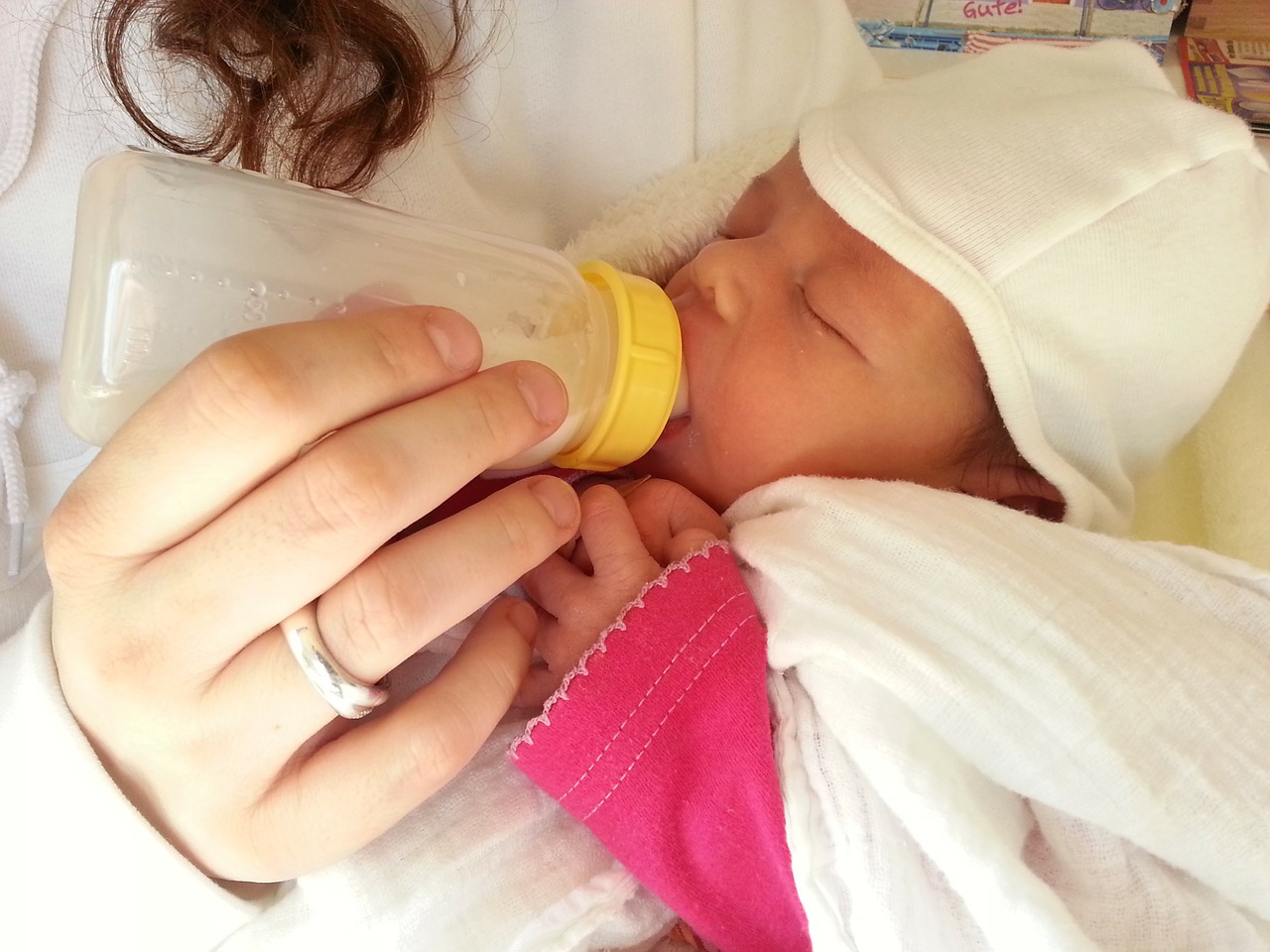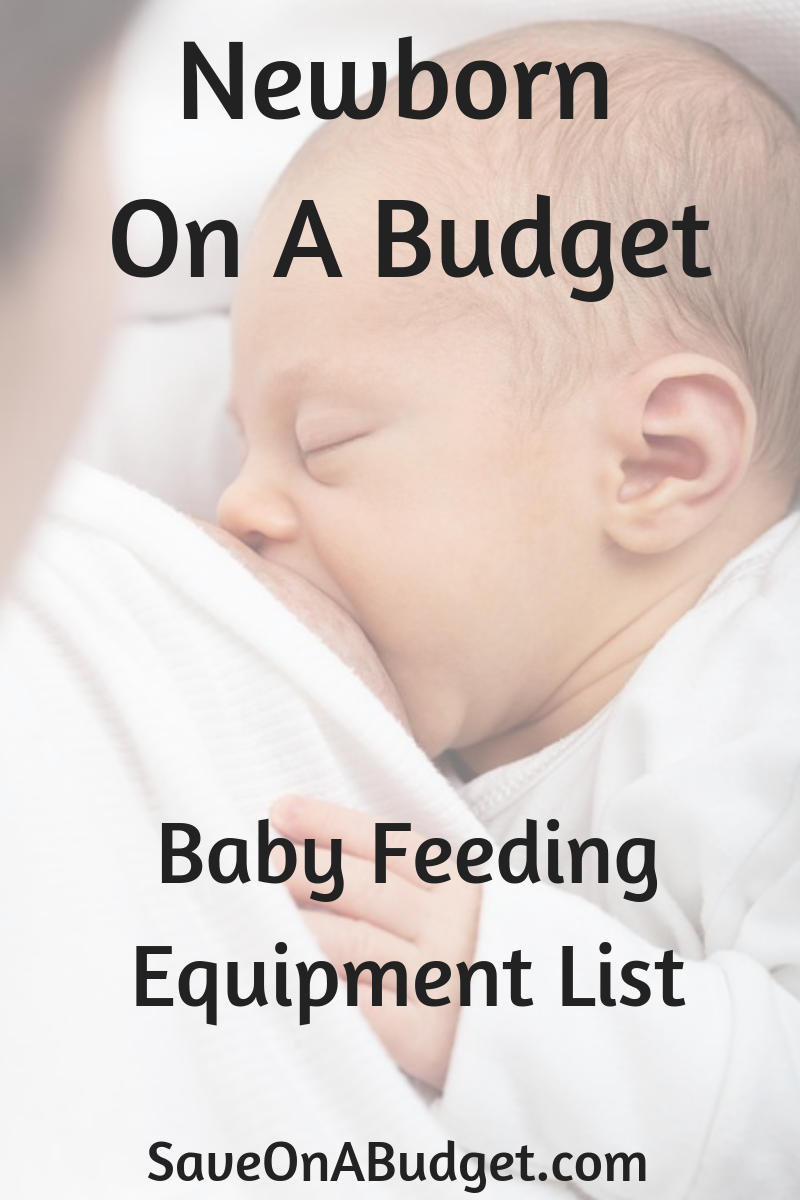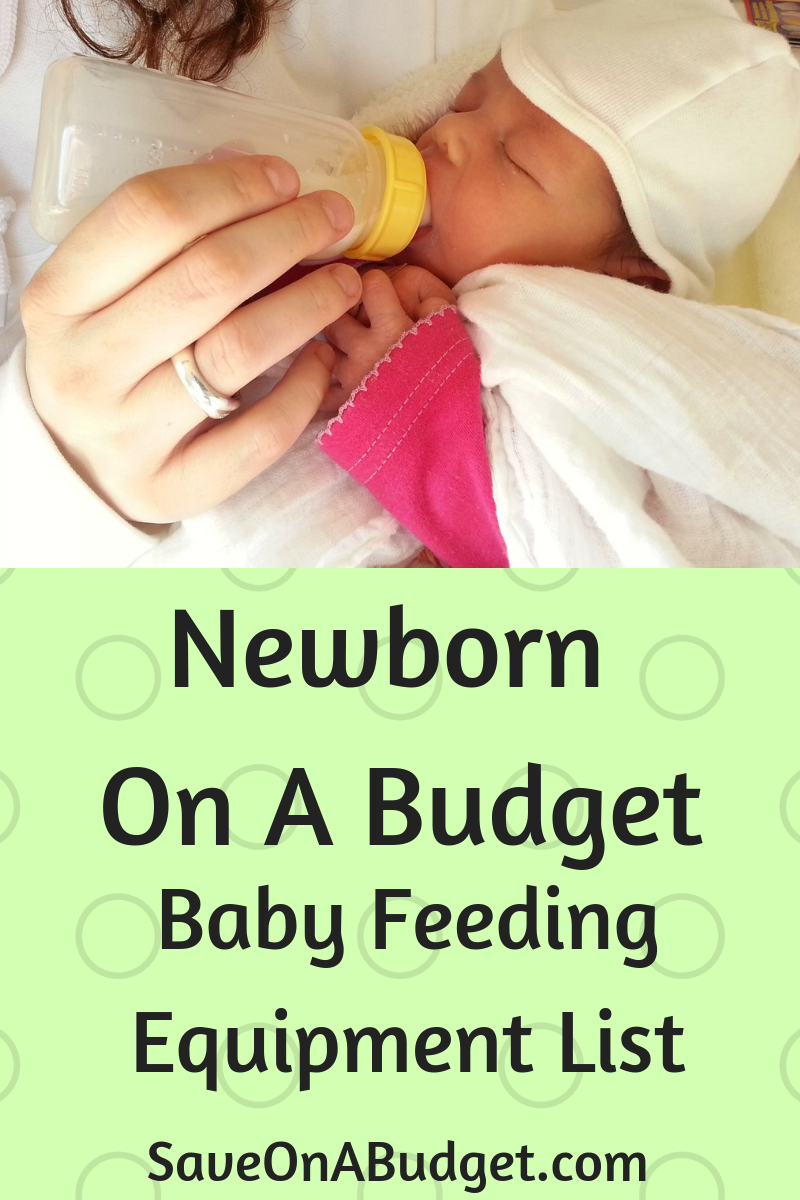Baby Feeding Equipment List
Bottle Or Breastfeed?

Whether to bottle or breast feed is something most new parents will consider. This article won’t be going into whether one is better than the other, rather it’s about the equipment you will need to buy once the decision has been made.
There really isn’t a lot of equipment needed if you decide to breastfeed, although there will be an element of cross over whether you breast or bottle feed as you will encounter situations where you may choose or need to use a bottle even if you are breastfeeding.
Breast Pads
Worth buying if you are prone to leak and find wet patches on your tops, although don’t go stocking up with too many. You may find that you are one of the lucky ones that never leak.
Breast / Nipple Cream
A lot of women find their nipples get sore or cracked when breastfeeding so this will help to soothe them. It’s worth also noting that sometimes the soreness / cracking is as a result of poor positioning when feeding.
Nursing bra
These are designed to be provide extra support and comfort whilst breastfeeding without the need to remove the bra at feeding time. They are designed with flaps so the cups can be opened to allow access.
How To Measure For A Nursing Bra
You should buy a nursing bra at the end of your pregnancy or 1-2 weeks after giving birth. This allows time for the milk production to settle.
To choose the correct size measure around the torso under the breasts – use this measurement (in inches) and add 4 inches – this gives you the first part of your size. If it’s an odd number then round up to the next even number. So if you measured 30 inches then your band size is 34, if you measured 31 inches then your size is 36.
To get your cup size you need to measure from the fullest part of your breasts and around the back – keeping the tape measure as level as possible.
The difference between this size and the first measurement lets you know what the cup size is.
| If The Difference Is (INCHES): | 0-1 | 2 | 3 | 4 | 5 | 6 | 7 | 8 | 9 | 10 | 11 | 12 | 13 |
| Your UK Cupsize is: | A | B | C | D | DD | E | F | FF | G | GG | H | HH | J |
| Your US Cupsize is: | A | B | C | D | E | F | G | H | I | J | K | L | M |
And that’s really it although many women think they need the some of the following items but it’s worth waiting to see if you need them before buying. You may find, like many others before you, that they sit in the cupboard gathering dust unused.
Breast Pump
There may be reasons you need or choose to express your milk. If you do then you’ll need a breastfeeding pump. These can be manual or electric ones and so long as the relevant parts are correctly sterilised there is no problem with using a pre-owned pump. As mentioned before, lots of people buy them because they think they need to have one and then never end up using it past the first couple of times so you may well end up picking up a barely used one quite cheaply.
Costs vary depending on which make / model you choose but you can pick up a second-hand manual pump from between £2 – £25 whereas new ones will cost £2.50 (for a really basic model up to £32.
Click here to see what’s available on Ebay now
Click here to see what’s available on Amazon now
The cost of a pre-owned electric breast pump will range from £0.99 – £375 while a new one can cost anything between £13 – £420.
Click here to see what’s available on Ebay now
Click here to see what’s available on Amazon now
I know the price ranges vary quite a lot but that’s down to the perceived value based on brand and what features are built in to the items. Also, such a huge range on the used ones is for the same reason but additionally what the person selling it is happy to accept for the item, do they just want rid or are they wanting to recoup a percentage of the original cost in order to put the money towards something else.
Bottles
If you are expressing your milk with a breast pump then you’ll need a place to store the milk. Some pumps will come with a couple of bottles but others won’t. How many you need will depend on your own circumstances although it’s still likely to be less than if you are formula feeding your baby.
All supermarkets in the UK regularly have ‘baby events’ where you can pick up things at a reduced price if you want to buy new, although they can sometimes still be bought more cheaply online. Amazon, for example regularly has deals on certain items so worth keeping an eye out. Saying that, again this is another item that can be bought pre-owned, all bottles need to be sterilised for baby’s up to the age of 1 year old so you can be assured they’ll be safe – you may wish to buy new teats though.
Click here to see what’s available on Ebay now
Click here to see what’s available on Amazon now
Bottle Brush
A bottle brush helps to get the bottles clean and can be bought cheaply for less than £5 in most places. They come in different shapes so worth looking to see which you think will fit your set up best.
Steriliser
There are different types of sterilisers, cold water sterilisers, microwave or electric steam ones. They are not essential though as you could also sterilise them in a hot pan of boiling water if you have no other option.
Cold water sterilisers
Where either sterilising tablets or solution is added to cold water in a tank. You need to ensure the bottles are fully submerged and leave for about 30 minutes. All bottles need to be rinsed with newly boiled water to get rid of the chemicals before use.
You will need to change the water every 24 hours.
Microwave Steam Steriliser
With these you have to place a small amount of water in the relevant compartment. The bottles, teats, and soothers are placed in it after washing and then placed in the microwave for the amount of time specified in the instructions. Usually only a few short minutes.
Electric Steam Steriliser
As with the microwave steriliser you need a small amount of water and place whatever you want to be sterilised inside after washing with warm soapy water and rinsing. Again, you’ll need to follow the instructions for timing. These are plugged into the mains and can be left on the worktop. With the electric sterilisers you will need to check routinely for limescale build-up and maintain according to the manufacturer’s guidelines.
Some people prefer the steam sterilisers as it doesn’t involve chemicals like the cold water sterilisers.
It’s worth noting that some brands of steriliser will only be able to be used for that brand of bottle although most can be used with any bottles so it’s definitely worth checking. A steriliser that allows for any brand of bottle would be best as you sometimes find that your baby won’t take to the brand of bottle you have bought and therefore you need to replace them.
Click here to see what’s available on Ebay now
Click here to see what’s available on Amazon now
Bottle Warmer
Most people assume that babies milk needs to be heated in order for the baby to drink it, this is not always the case and some babies prefer it to not be warm. If that’s the case then you won’t need a bottle warmer.
The cheapest and sometimes quickest method of warming a bottle is to use freshly boiled water in a jug and stand the bottle in it for a couple of minutes then to test the temperature of the milk by squirting a couple of drops onto your wrist, if not warm enough then place back into the water, if too hot then put it into a jug of cold water to cool for a few seconds.
There are machines that can be used to warm up bottles quite quickly and often come with a thermostat so you know it’s ready. These can be convenient especially in the middle of the night when you don’t want to have to go downstairs and start boiling kettles and making up bottles from scratch.
You can also get portable bottle warmers and ones that plug in to your car cigarette light for when you’re out and about although these tend to be a bit slower than the electric ones you use at home so you need to be a bit more aware of the hungry signals your baby is sending.
If you are planning on going out where you won’t have access to any equipment then it’s vital to plan ahead as we all know that when it’s feeding time your baby can’t hold on until you get home.
If you are formula feeding then it’s recommended not to make the bottles up to far in advance as they should be used within 2 hours of being made. The boiled water can be poured into the bottles and kept in an insulated carry case or kept in a thermos flask carry case and then add the milk to the water when required. You can buy handy dispensers for portioning milk powder to save having to carry around the whole tin every time you leave the house.
Click here to see what’s available on Ebay now
Click here to see what’s available on Amazon now
Milk Powder Dispenser
In order to have several portions of milk formula powder ready for use you can buy a dispenser. These can be one tub that is made up of several separate lidded compartments, twist top or stack and twist tubs. You can pick these up quite cheaply in supermarkets locally or also online.
Alternatively most people at some point will have bought a set of plastic tubs where you usually get a couple of really small ones that end up at the back of the cupboard as they don’t hold much – these are ideal and saves buying any extras – you can also usually buy then in sets of 6 or 8 in your local discount / pound shops.






